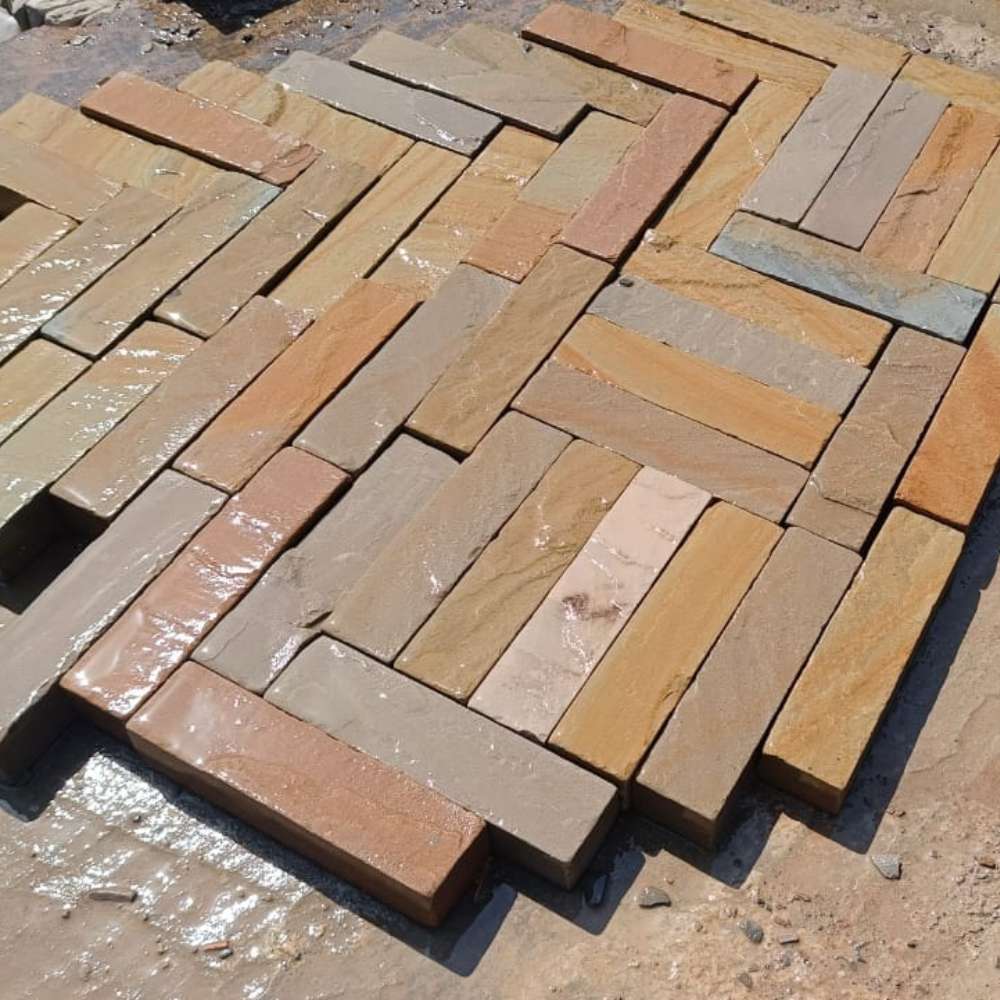Maintenance and Care Guide for Porcelain Paving
17 September 2024
17 September 2024
03 September 2024

Porcelain paving is rapidly becoming a popular choice for homeowners and landscapers alike, and for good reason. These premium ceramic tiles are specifically engineered for outdoor use, making them a top contender for patios, pathways, and garden spaces.
Their reputation for durability, weather resistance, and low maintenance makes them a smart investment for anyone looking to create a stylish, long-lasting outdoor area.
But how do you ensure your porcelain paving installation looks as good in reality as it does in your plans? That’s where we come in.
In this article, we’ll walk you through the essential steps and expert tips for laying porcelain paving slabs, ensuring you achieve a flawless, professional finish that stands the test of time.
Start with the best materials. Opt for high-end porcelain pavers specifically designed for outdoor use. These pavers should be sturdy, stain-resistant, and frost-proof to withstand various weather conditions. For added safety, select pavers with a textured surface to prevent slipping, especially in wet conditions.
2. Prepare the Sub-Base Correctly
A strong, stable sub-base is crucial for a long-lasting installation. Begin by excavating the area to a depth of at least 150mm, then lay and compact a layer of MOT Type 1 hardcore. Use a plate compactor to ensure the sub-base is level and firm. A well-prepared sub-base prevents future movement and ensures your paving remains level and secure.
3. Choose the Right Bedding Layer
For a solid foundation, mix sharp sand and cement in a 4:1 ratio to create your bedding layer. The mixture should be slightly damp but not too wet. Spread it evenly to achieve a consistent thickness of 30-40mm, and use a screed board to level it out. This layer acts as the base on which your porcelain pavers will sit, so it’s important to get it right.
4. Prime the Pavers
Before laying each porcelain paver, apply a slurry primer to the back. This ensures a strong bond between the paver and the bedding layer, preventing any movement or loosening over time. This step is critical for the long-term stability of your paving.
5. Lay the Pavers Carefully
Place each paver gently into the bedding layer, ensuring they are firmly set. Use spacers to maintain consistent 5mm joints, which allow for slight movement and accommodate grout. Regularly check the level and alignment, making adjustments as needed with a spirit level and rubber mallet to achieve a smooth, even surface.
6. Cut Pavers Accurately
Accurate cuts are key to a professional finish. Use a wet saw for precise cuts, especially on edges and corners. Safety is paramount, so always wear protective gear. Clean, accurate cuts ensure that your pavers fit perfectly, contributing to the overall neatness of your installation.
7. Grout the Joints
Once all the pavers are laid, it’s time to fill the joints. Use a suitable grout or jointing product designed for outdoor porcelain paving. A brush-in compound is often the easiest to use, providing a strong, weather-resistant finish. Follow the manufacturer’s instructions for the best results.
8. Ensure Proper Drainage
Good drainage is essential to prevent water pooling, which can damage your paving over time. Ensure your paved surface slopes slightly (about 1-2%) away from any buildings to direct water flow away from your home. Proper drainage not only protects your investment but also ensures safety by reducing the risk of slippery surfaces.
9. Clean and Seal if Needed
After installation, clean the surface to remove any leftover jointing compound or primer. While porcelain pavers are naturally stain-resistant, applying a suitable sealer can provide extra protection and enhance their appearance. A well-sealed surface will resist dirt, grime, and stains, keeping your paving looking pristine for years to come.
The base is the backbone of your porcelain paving installation. Start by excavating the area to a depth of at least 150mm and clearing away any vegetation, soil, or debris. Lay down a 100mm layer of MOT Type 1 hardcore, spreading it evenly and compacting it thoroughly using a plate compactor.
To prevent weed growth and improve stability, place a geotextile membrane over the compacted sub-base. This simple step can significantly enhance the durability of your paving.
Then, mix sharp sand and cement in a 4:1 ratio to create your bedding layer. Spread it to a thickness of 30-40mm, leveling it with a screed board. Before laying your porcelain pavers, apply a slurry primer to the back of each one to ensure a strong, lasting bond.
Handling and cutting porcelain paving requires care and precision:

Once your porcelain paving is laid, it’s time to finish up:
Regular maintenance is key to preserving the beauty and durability of your porcelain paving. Routine inspections will ensure that your slabs remain securely in place, maintaining both structural integrity and safety. By dedicating a little time to these simple maintenance tasks, your porcelain paving will continue to enhance your outdoor space with its elegant appearance and longevity.
At The Stonemart, we offer top-quality porcelain paving slabs that are perfect for any outdoor space. Choose us for superior craftsmanship and long-lasting performance in all your paving needs.
Thanks for subscribing!
This email has been registered!